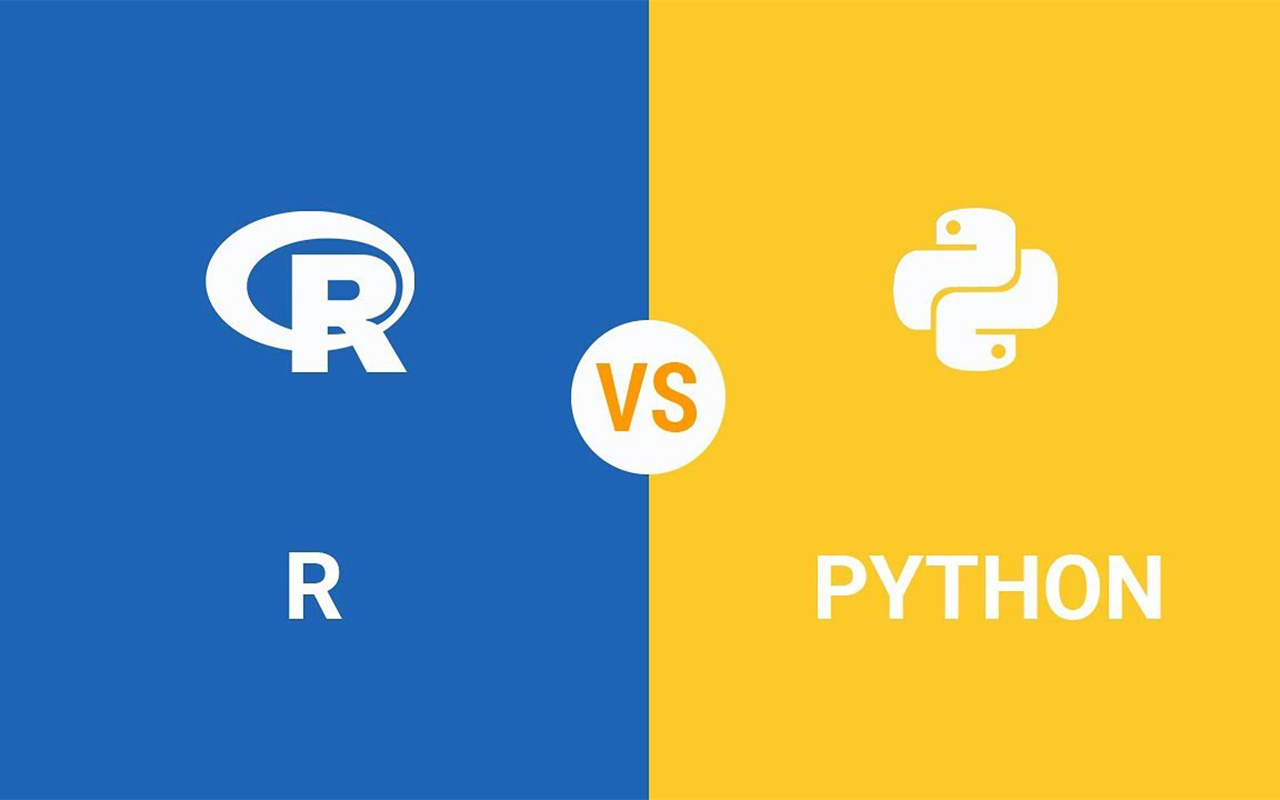We live in a fast-developing age of AI, ML and data science leaving is no time for long consideration on how and what to do. Programming can be compared to a game of chess. Learning the rules is relatively simple but becoming an expert is another story. For a large number of crowd, Artificial Intelligence, Machine Learning and Data Science play a crucial factor in their job. Increased data availability, more powerful computing, and stress on the analytics-driven decision in business makes these fields crucial.
Programming languages are versatile, unique, and presents specific features exclusive to them. We can figure out information, analyze and sample the languages. Only then, we can make a decision on which language is the best and what methods we need to follow to fulfill our needs. So the question is “Which language is the best?”. Well, probably there will be no clear answer. However, Python and R are the popular languages when it comes to A.I, M.L and Deep Learning. Both of them are amazingly flexible data analytics languages. Both are free and open source. While R has an inclination towards statistical analysis, Python is a general-purpose programming language. Both of these languages are beautiful in their own terms. So, which is the best among these two? Let’s find out.
About
R is a free, open source, powerful and highly extensible programming language. Initially designed for scientific data by Ross Ihaka and Robert Gentleman, R owns an all-inclusive catalog of statistical and graphical methods. R is used by popular companies like Uber, Airbnb, and Facebook.
Developed by Guido Van Rossum, Python is now used by Google, YouTube, NASA and more. Python is a general-purpose programming language. Python is an object-oriented, high-level tool with integrated dynamic linguistics. It is free and open source language which simplifies answering trouble with scientific data.
Where to use
R is best suited and excellent for extensive research scientific data. R has also a large array of standard packages and ready-made solutions
Python, on other hands, is perfectly suited for A.I, M.L and data science, both for coders and newcomers. Its simple syntax makes it easy to write and debug code. This comes in handy when data analysis tasks are added to the work of web applications.
Pros
Using R has many advantages. Few of them are:
- For basic data analysis, we can use the R language without installing additional packages, including a large number of functions. Though testing statistical hypotheses take just a few lines of code, larger data sets require packages like data.table are mandatory.
- Installing the IDE (RStudio) and the necessary data processing packages is extremely simple.
- R is compatible with different operating systems. We can also import data sheets from other tools such as Microsoft Excel.
Using Python has many advantages. Few of them are:
- Popularity is more popular with the developers and they have more opportunities in career.
- They carry not just data processing but also their search features. They use the result of the processing in web applications.
- All functions are available.
- Syntaxes are short and clear.
- The operation is at a high speed and has a comfortable interface.
Cons
R language has some disadvantages too. Few of them are:
- R is difficult to learn and is easy to write bad code, which can be dangerous and result in functions returning unexpected type of objects.
- R is specific when compared to other languages. For example, vector indexation begins with one instead of zero.
- The syntax for solving some problems is not quite obvious. Due to a large number of libraries, the documentation of some less popular ones is not complete.
Python has some disadvantages too. Few of them are:
- Python lacks a common repository. Python also lacks a few alternative libraries which R has.
- Due to dynamic typing, it may be complicated to search for some functions and to track faults associated with the incorrect assignment of different data to the same variables.
